Radon is a naturally occurring gas that is present in many homes. While it is not harmful in small quantities, high levels can be dangerous. A radon mitigation system can help reduce the amount of radon in your home, but these systems can be noisy. Here we will demonstrate the process of how to make the radon system quieter.

What is Radon?
Radon is a radioactive gas found in some homes and can cause cancer. It is formed from the natural decay of uranium in the soil and rocks. Radon can enter your home through cracks in the foundation, walls, or floors; it is essential to test for it if you are concerned about your health. There are ways to fix the problem if you have high radon levels in your home.
What is Radon System?
A radon system is a ventilation system used to remove radon gas from a building. Radon gas is a cancer-causing agent that can accumulate in buildings over time. A radon system consists of a fan and a pipe through which the fan draws air. The pipe is typically installed in the basement of the building.
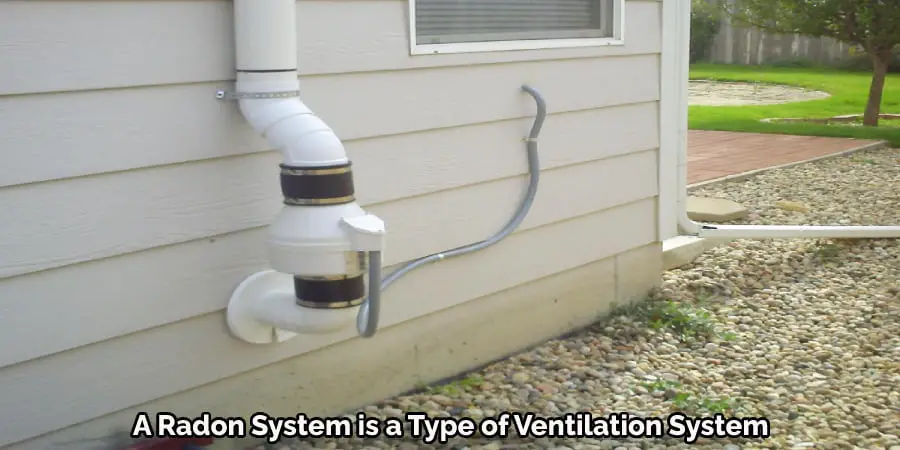
How does a Radon Mitigation System Work?
A radon mitigation system typically consists of a fan and a pipe that runs from the basement to the roof. The fan pulls the radon gas out of the home and sends it through the pipe to the roof, where it is released into the air.
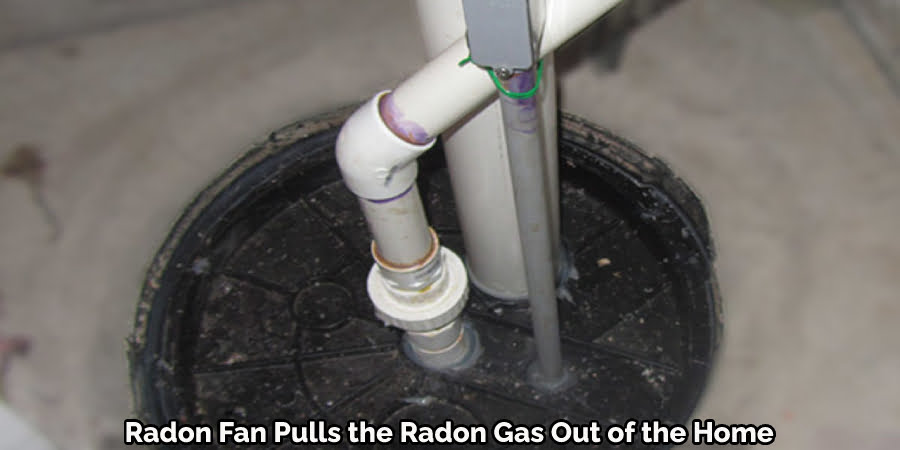
Advantages of Radon System
Radon mitigation systems are advantageous because they can reduce radon levels in a home and improve air quality. Radon mitigation systems extract radon from the soil and vent it outside the home. They are also relatively inexpensive and can be installed in almost any home.
How to Make the Radon System Quieter
The following is a guide for quieting the radon system:
Add a Muffler:
One way to make the radon system quieter is by adding a muffler. A muffler is a device that helps to quiet the sound of the exhaust gas as it leaves the engine. It does this by trapping and redirecting the sound waves. This will help reduce the radon system’s noise level and make it less noticeable.
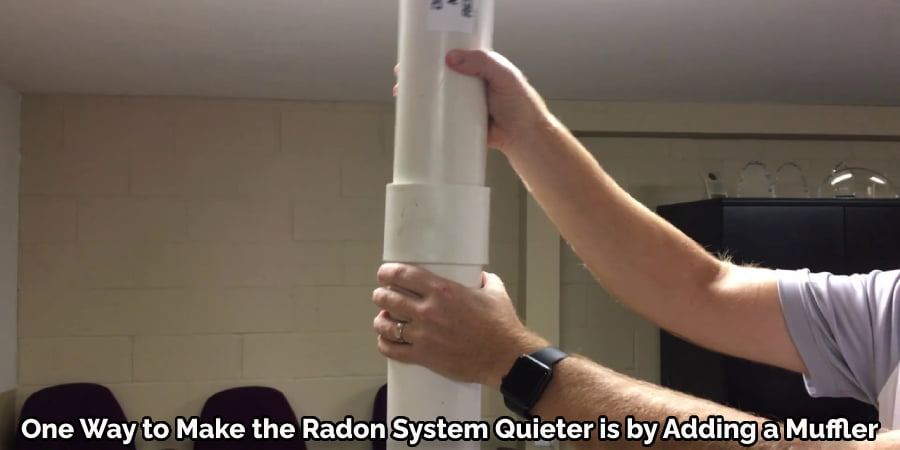
Place the Fan in a Different Spot:
The fan in a radon mitigation system can often be quite loud, particularly if placed in an already noisy area. One way to quiet the fan is to move it to a different spot in the room. This can be done by elevating the fan off the ground or placing it in a cabinet. If the fan is already elevated, adding a baffle to the top of the fan can help direct the airflow and reduce noise.
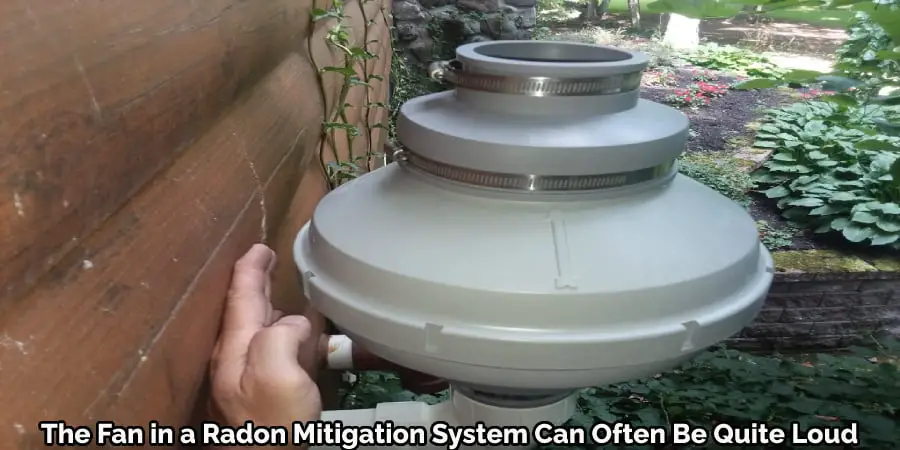
Use a Sound-dampening Enclosure:
Radon mitigation systems are often loud, which can be a nuisance to homeowners. One way to quiet a radon system is to place it in a sound-dampening enclosure. This can be done by constructing an enclosure out of plywood and weatherstripping or using a commercially available sound-dampening enclosure. Using a sound-dampening enclosure can help reduce the radon system’s noise level by up to 50%.
Seal the Seams of the Enclosure:
There are a few things you can do to make the radon system quieter. One is to seal the seams of the enclosure. This can be done by using caulk or weatherstripping. Another is to make sure that the system is properly ventilated, which will help reduce the noise level.
Add Insulation:
Adding insulation to the radon system will help to quiet the noise it makes. The insulation will help to keep the noise from escaping the system and will help to keep the noise from entering the surrounding environment. This will help to make the system quieter and will help to improve the overall quality of the radon system.
How to Insulate a Radon System
To insulate a radon system, you must purchase insulation material and cut it to size. You will need to attach the insulation material to the ductwork or pipes that carry the radon gas. Be sure to seal all the seams in the insulation material so no gas can escape.
Precautions
There are a few precautions to take when making a radon system quieter. First, make sure that all of the components in the system are properly sealed. This will help to reduce the amount of noise that the system produces. Additionally, you can add insulation to the pipes and tubing in the system in order to further reduce noise. Finally, try to place the system as far away from living areas as possible in order to minimize noise levels.
Conclusion
In conclusion, there are several ways that you can make your radon system quieter. By using some of these tips, you can minimize the noise that the system makes and get back to enjoying peace and quiet in your home.
Frequently Asked Related Questions
How to Install a Radon System?
Radon is a naturally occurring gas that is released from the earth. It is odorless and invisible, and it can cause lung cancer. A radon system is a way to prevent gas from entering your home.
There are two types of systems- passive and active. A passive system uses the natural airflow in your house to push the radon out. An active system uses a fan to suck the radon out of the ground and exhaust it outside your house.
No matter which type of system you choose, it is important to have it installed by a professional. The installation cost will vary depending on the size of your house and the type of system you choose.
Radon gas can be dangerous, so protecting yourself and your family is important.
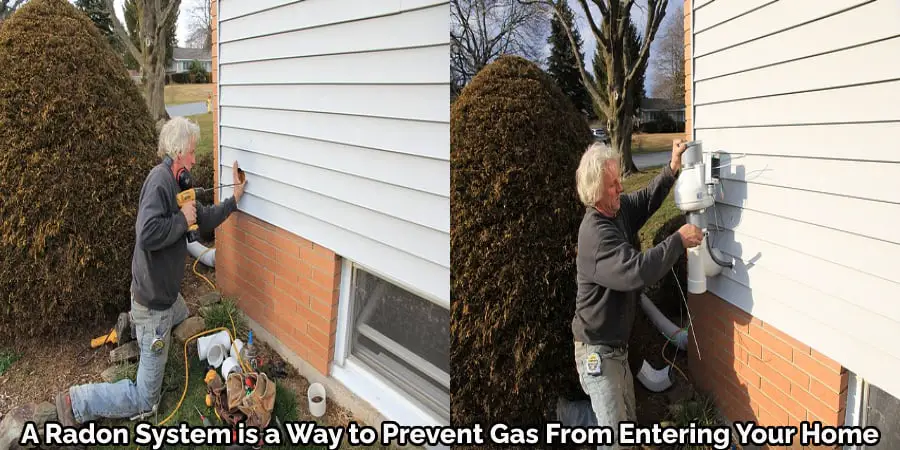
How to Choose the Right Mitigation System?
When choosing a mitigation system for your home, there are a few factors you will want to consider. The first is the size of your home. A smaller home will need a different system than a larger home. The next factor to consider is the age of your home. Some systems are better suited for older homes, while others are better for new homes. Finally, you will also want to consider the climate in your area.
What Are the Health Risks of Radon Exposure?
Radon is a naturally occurring radioactive gas that is colorless, odorless, and tasteless. It is formed when uranium in the soil breaks down. Radon can enter your home through cracks in the foundation, flooring, walls, or pipes and accumulates over time. The health risks of radon exposure include lung cancer, other types of cancer, and respiratory illnesses.
Why is My Radon Mitigation System So Loud?
The reason your radon mitigation system is so loud may be due to a number of factors. One possibility is that the system is not properly installed, which could cause air to leak out and create a noise nuisance. Another possibility is that the fan unit is not functioning properly and needs to be replaced. Finally, the noise could also be caused by the ductwork, if it is not properly sealed or insulated.
How Do You Slow Down a Radon Fan?
If you are looking to slow down a radon fan, there are a few different things that you can do. One option is to add insulation around the fan. This will help to keep the air around the fan cooler, which will, in turn, slow down the fan. Another option is to add weight to the fan blades. This will also slow down the fan, making it harder for the blades to spin. Finally, you can try to adjust the motor on the fan.
How Much Electricity Does a Radon Pump Use?
A radon pump is a device used to remove radon from the air. It typically uses electricity to run a fan that draws the radon out of the air and into a collection system. Electricity usage by a radon pump will vary depending on the size of the pump and the amount of radon being removed from the air.
Can I Turn Off My Radon Fan?
There is no definitive answer to this question due to the complexities of the radon fan and the potential interactions between it and other environmental factors in the home. However, it is generally recommended that radon fans be left on continuously in order to maintain a reduced level of radon gas in the house. Turning off the fan may allow the radon levels to increase, putting residents at risk for health complications.
You May Also Find These Pages Useful
How to Make the Most of an Old Coal Cellar
